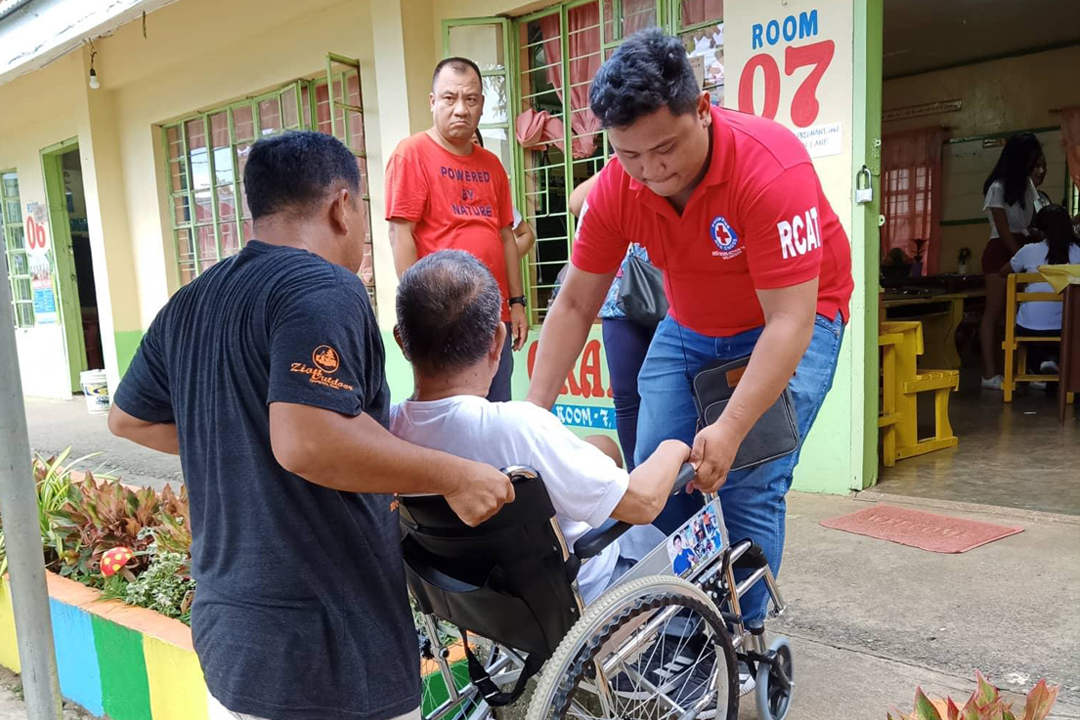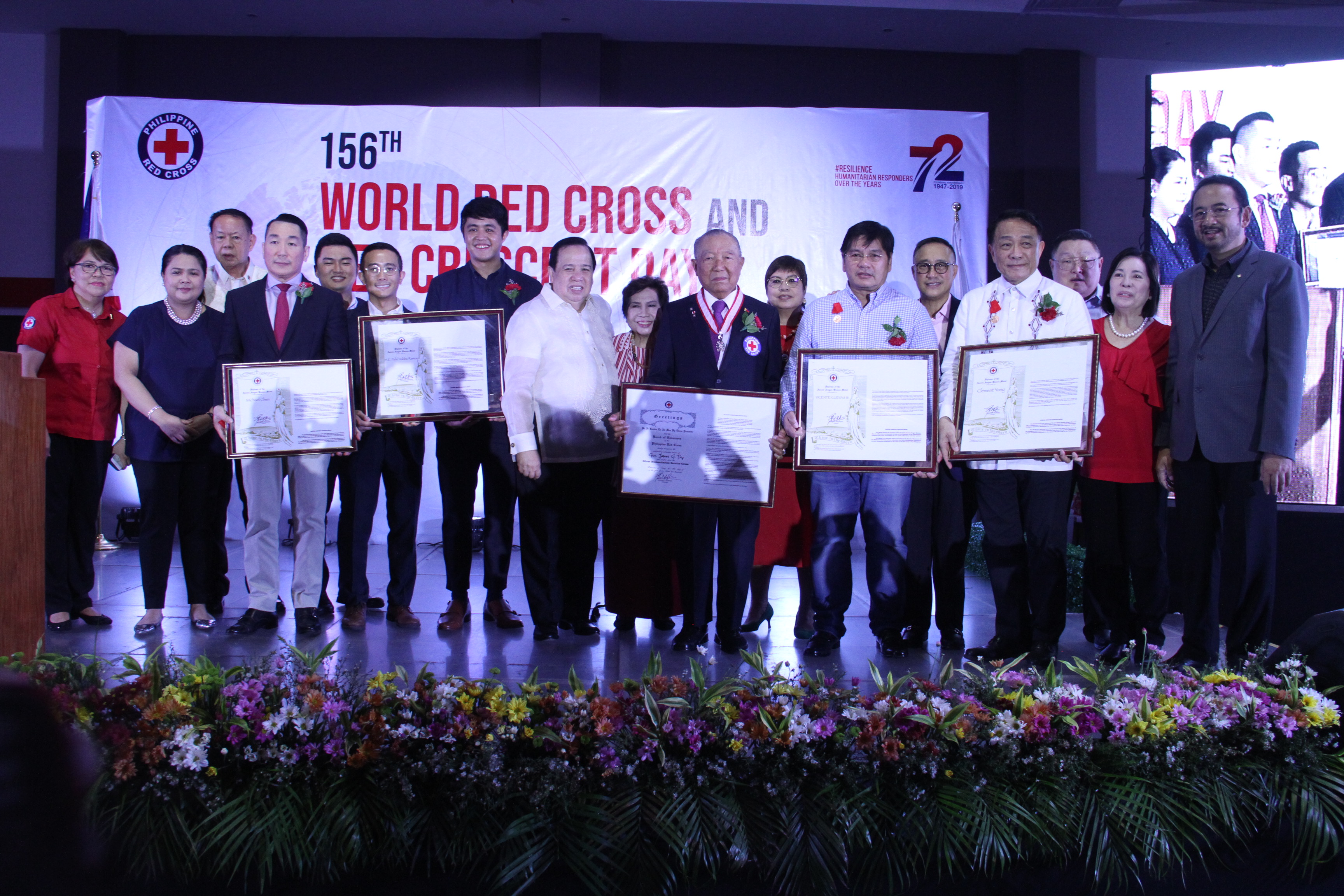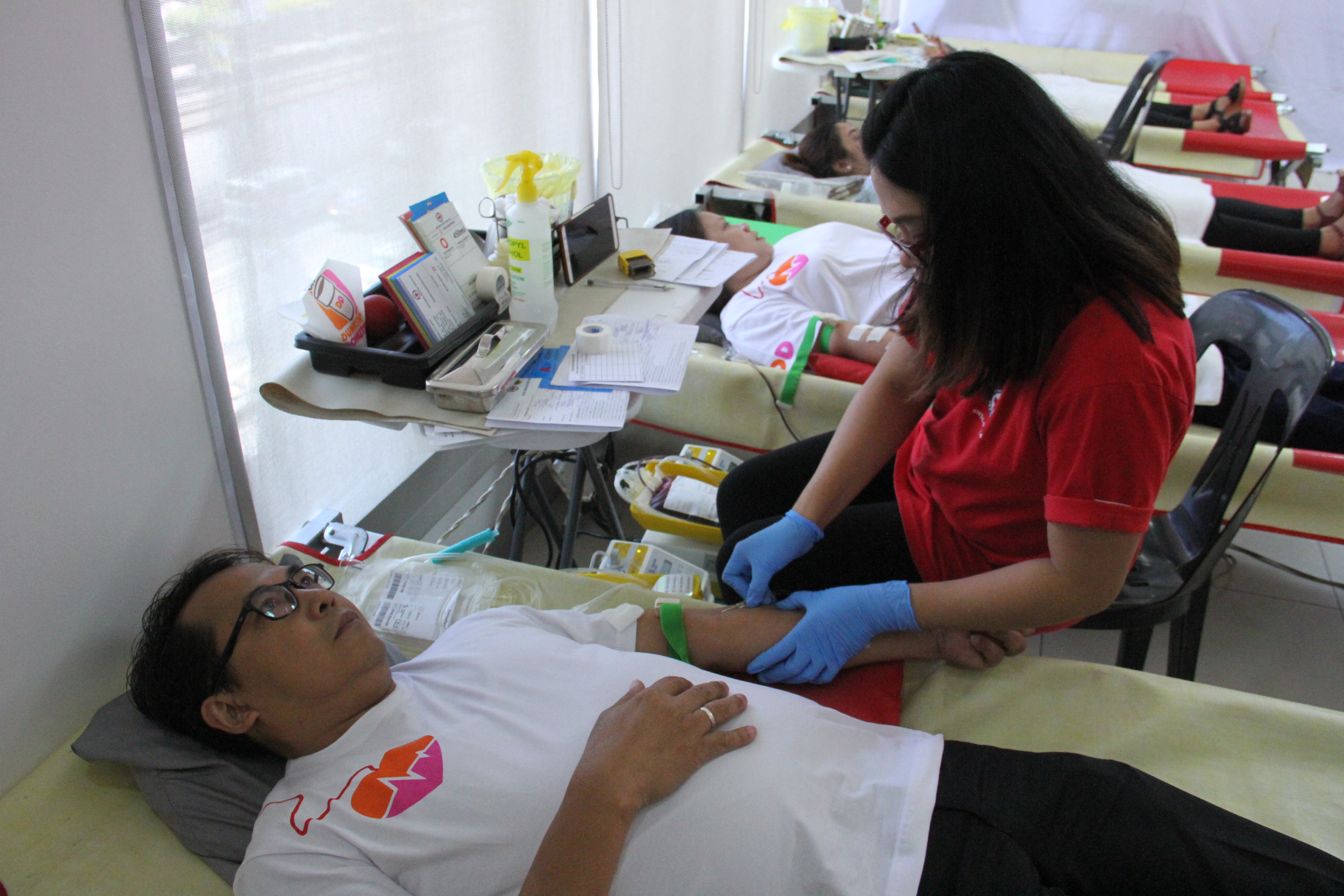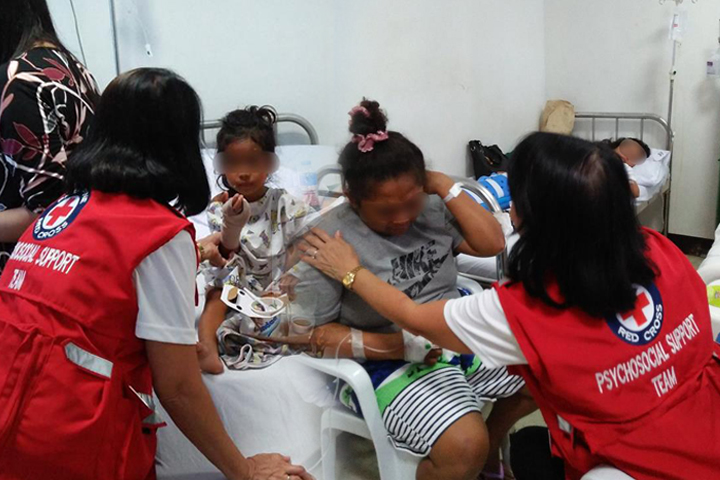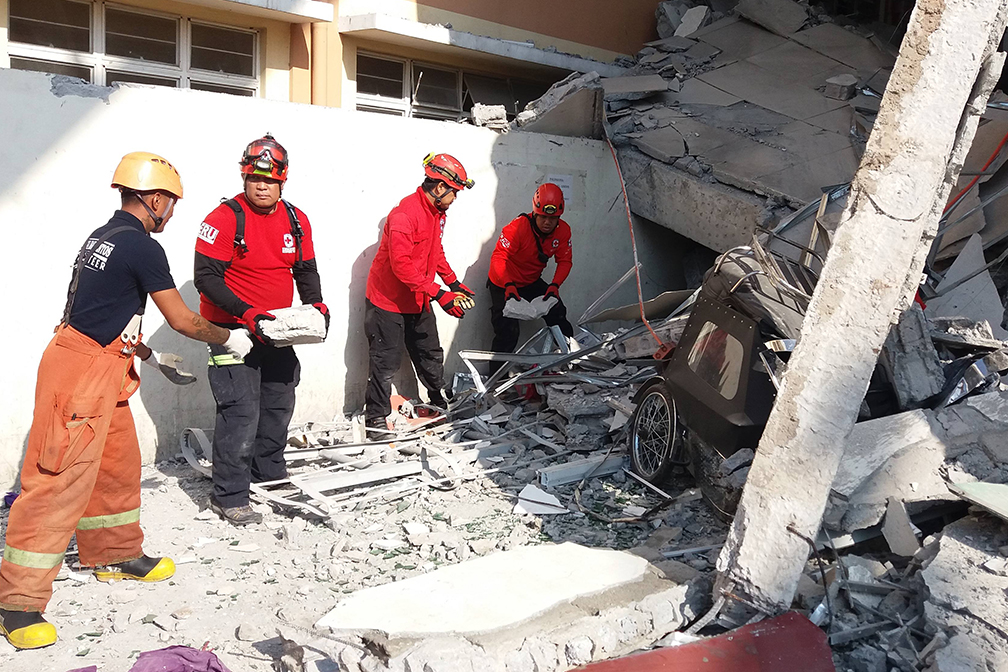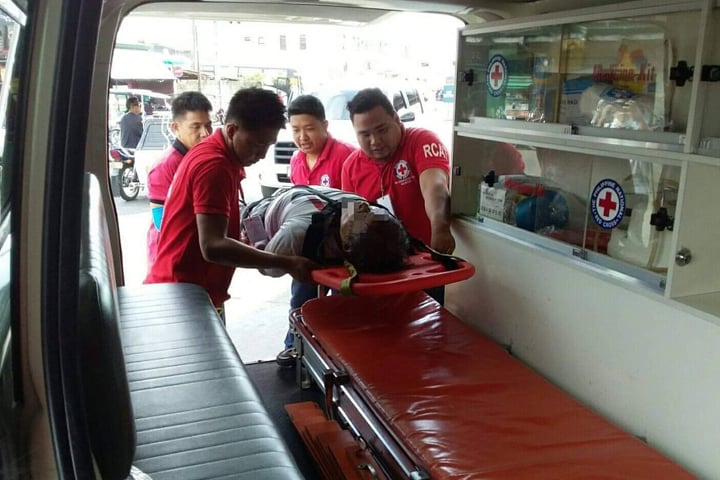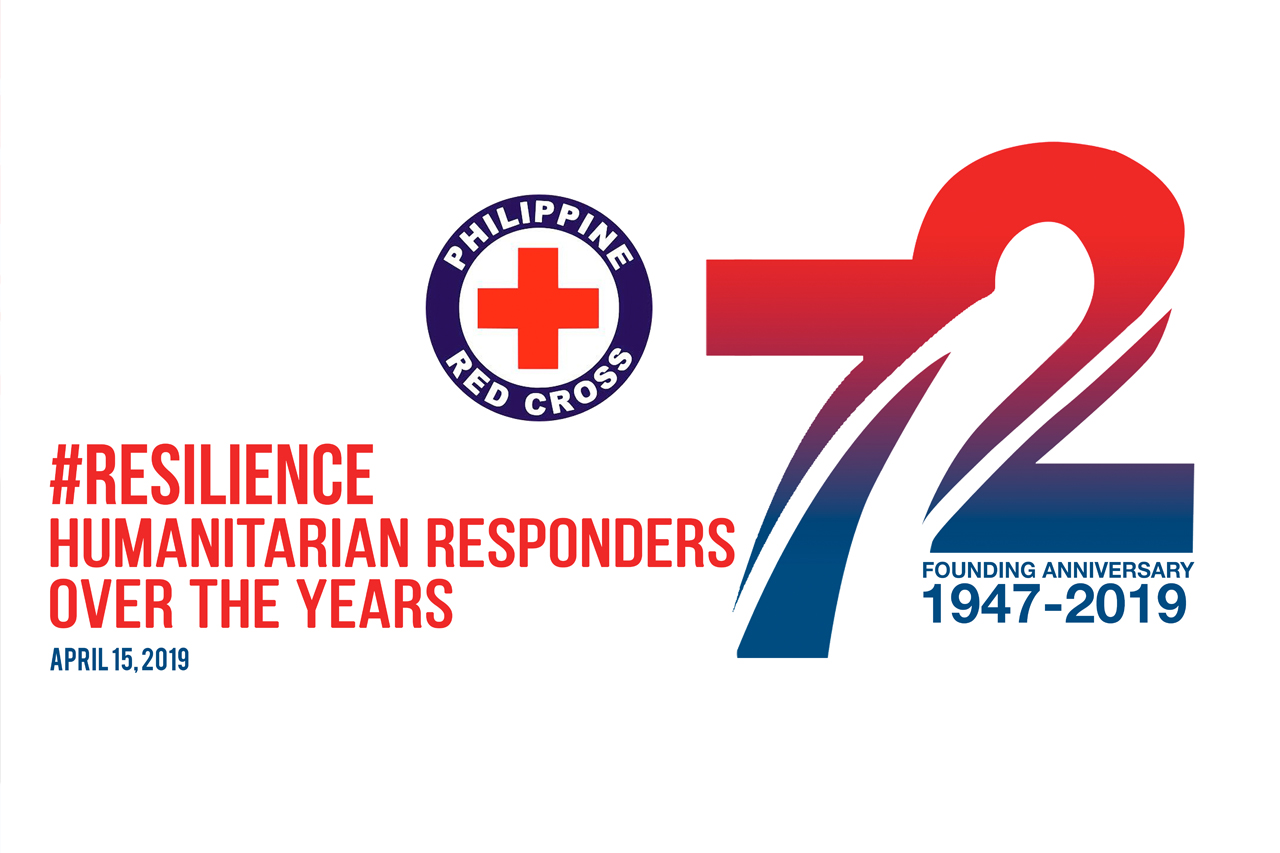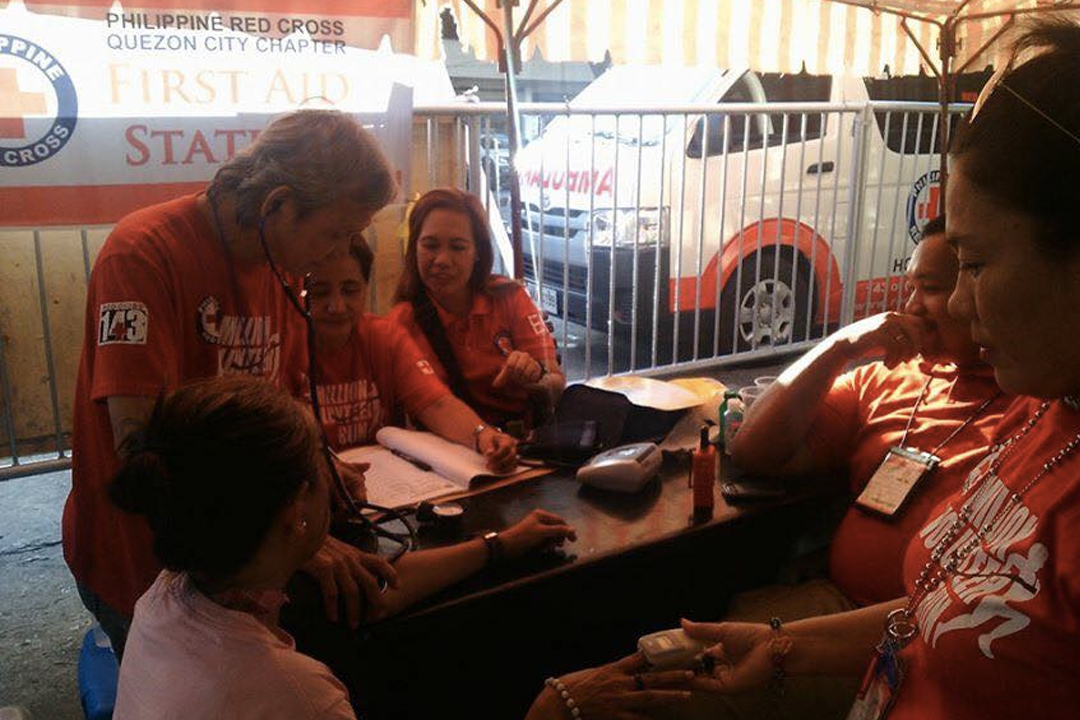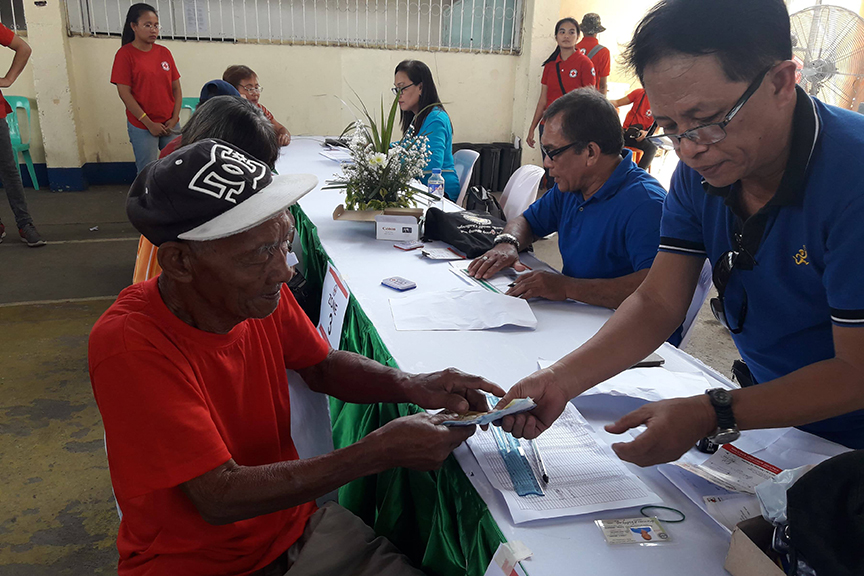The Philippine Red Cross (PRC) reaffirmed its commitment to boost the recovery efforts for people displaced by the 2017 conflict in Marawi by providing access to income-generating activities.
In a field visit last June 3, PRC Chairman Richard Gordon announced that the organization will provide sewing machines to over a hundred affected households as an effort to restore livelihood sources.
“The Red Cross is not just about deploying medical tents and providing relief. We are not a handout society. The Red Cross is an organization that enables. This is why it is important that we help people restore their livelihood sources,” Gordon said.
This statement was echoed by International Committee of the Red Cross (ICRC) President Peter Maurer, who is in the country for an official mission, noting that the organization will also continue to address humanitarian concerns of people affected by conflicts.
“Just like Chairman Gordon, I believe in the importance of empowering people and helping people help themselves. This is a philosophy that we both strongly adhere to. We will continue to do so until the parents can go back to work and the children can go back to school,” Maurer said.
Since day one of the Marawi siege, PRC has been closely working with ICRC to assist the affected communities from relief to recovery.
The joint early recovery operations provided livelihood and shelter repair assistance for a total of 6,014 families from the most affected areas, including over 2,000 returnees who used the P10,000-cash grant to start small businesses.
In Saguiaran, Lanao del Sur, the PRC conducted hygiene-promotion activities and mobilized a network of volunteers to support the ICRC’s improvement of a water and sanitation facility that would benefit between 6,000 to 11,000 residents and displaced people.
PRC and ICRC will continue recovery efforts until the people get back on their feet.

